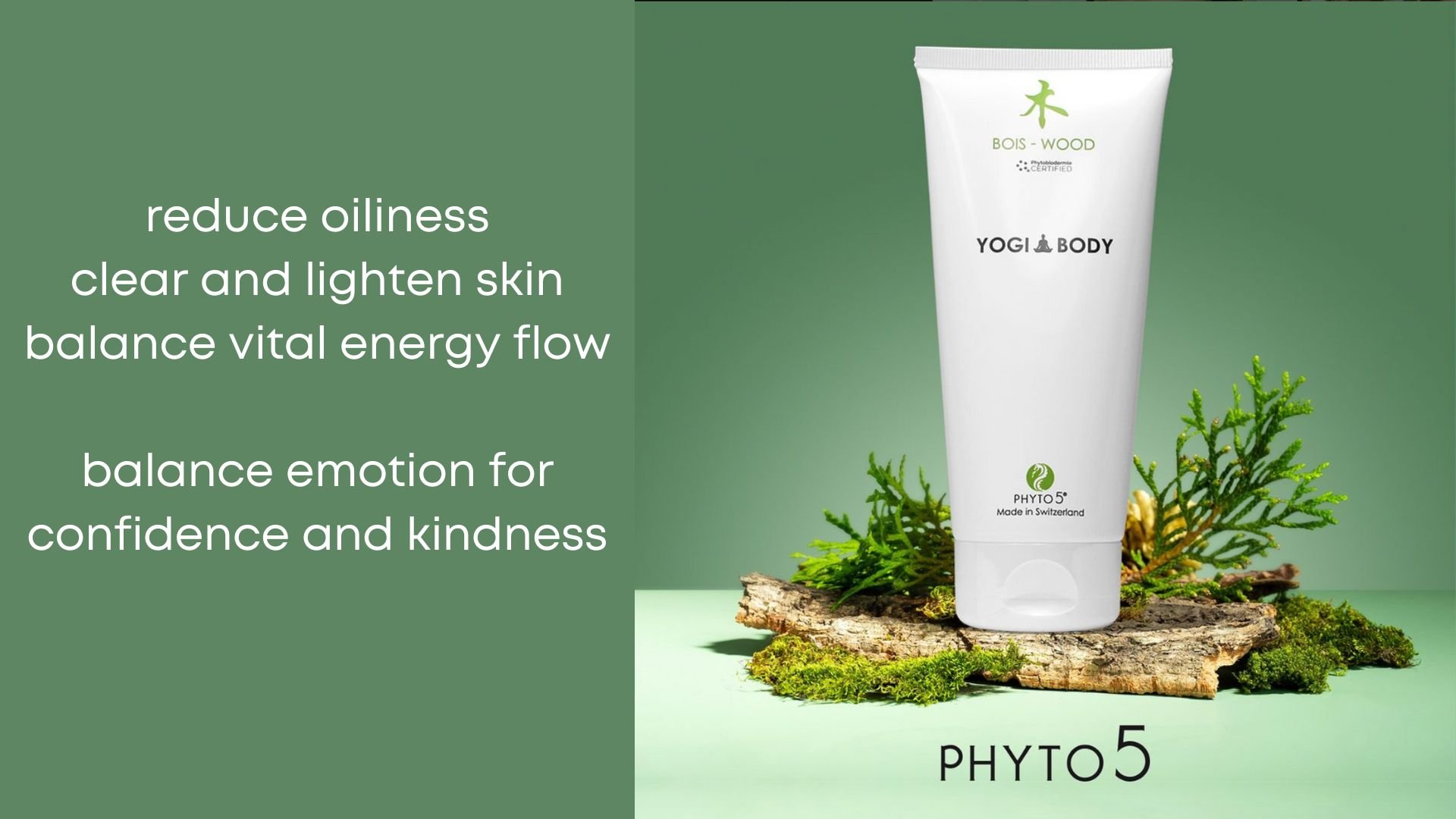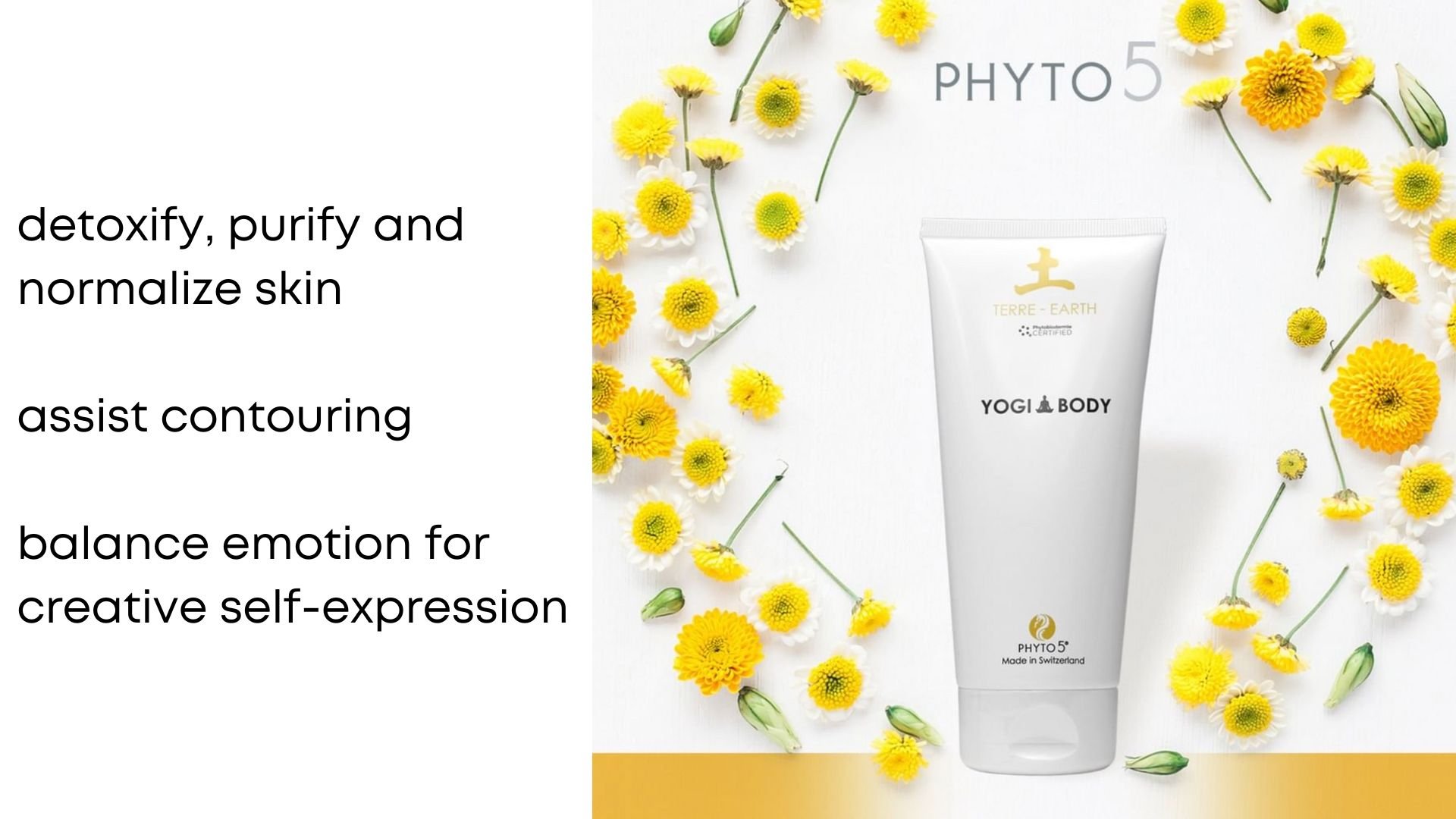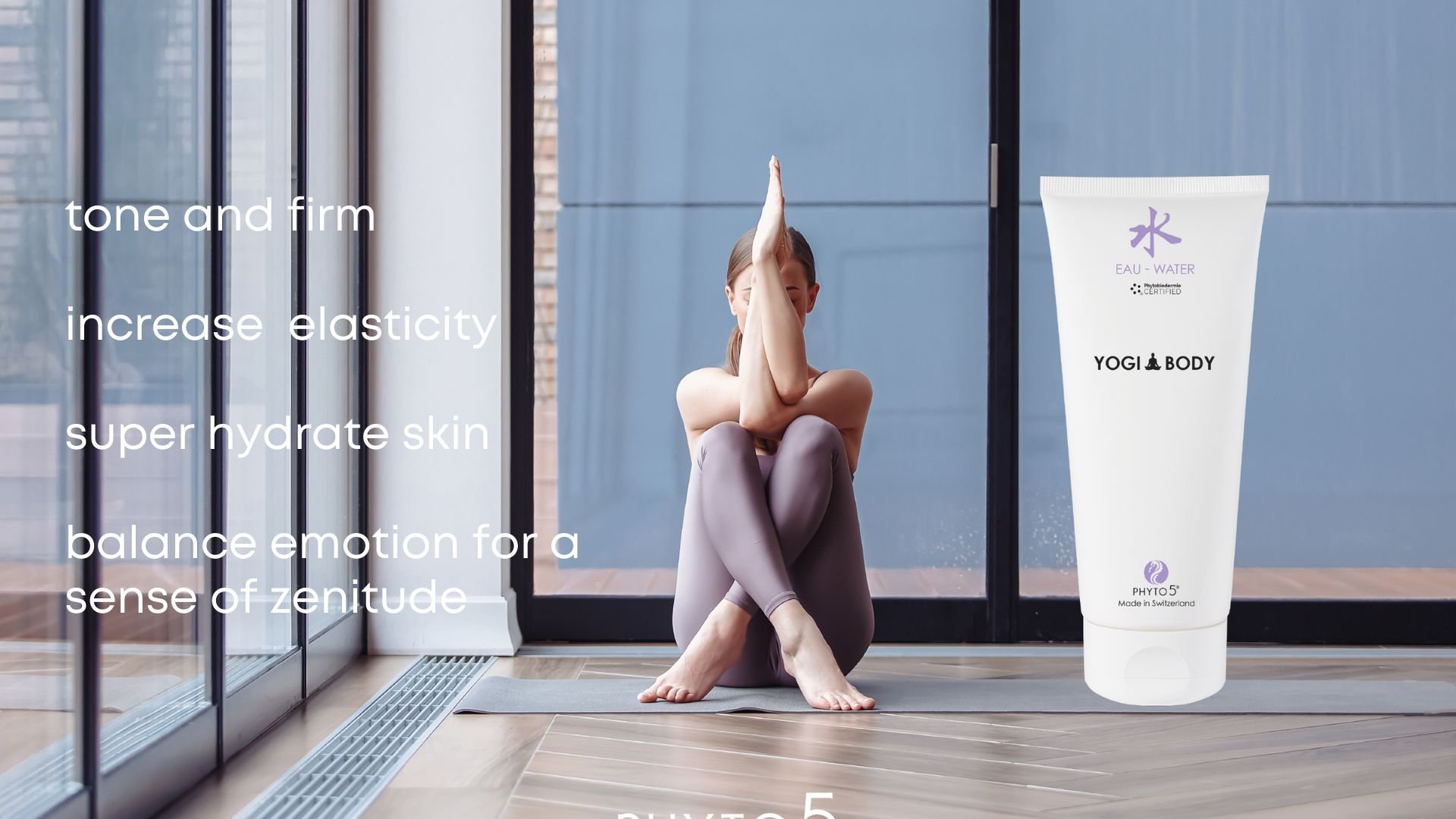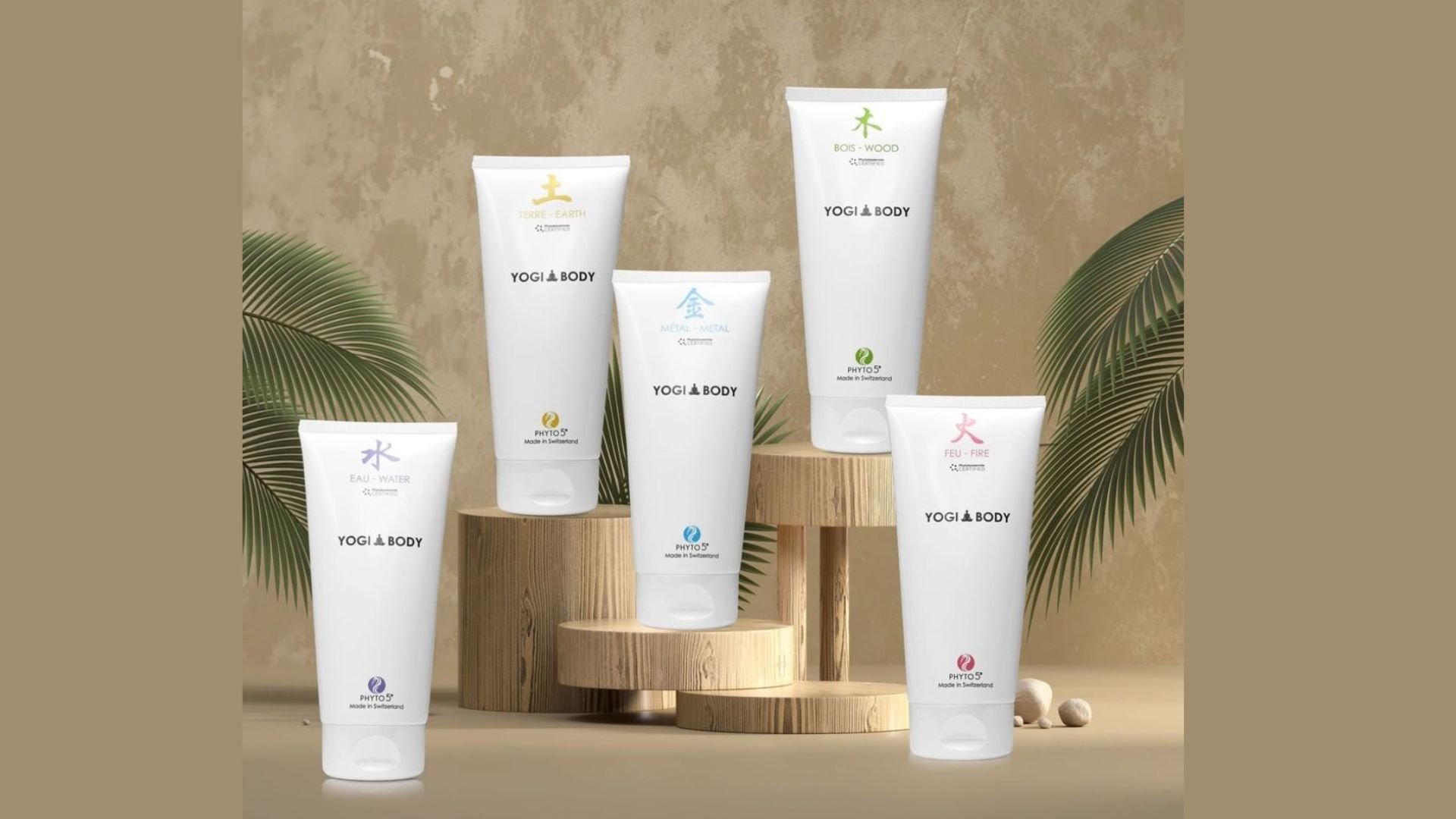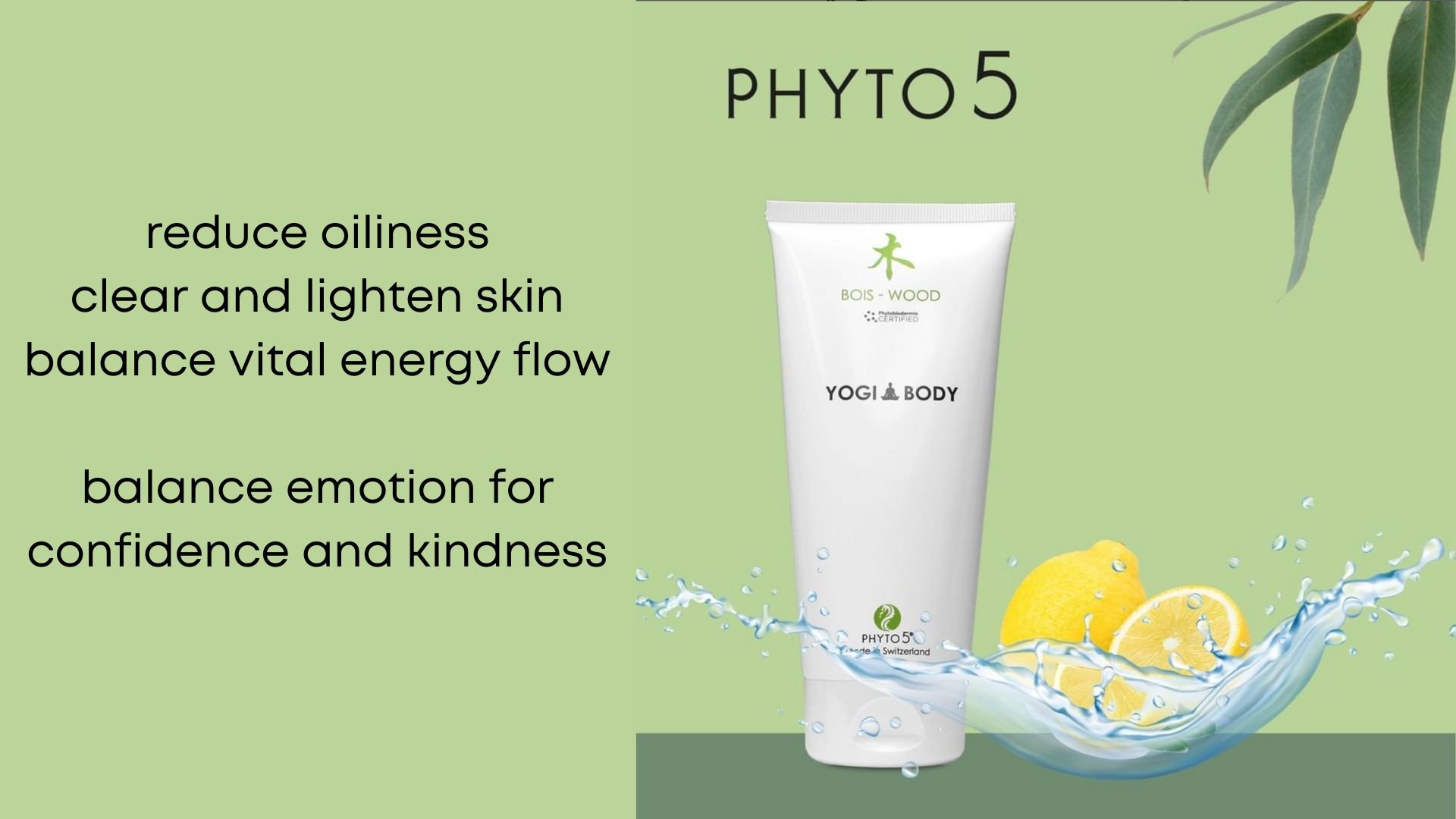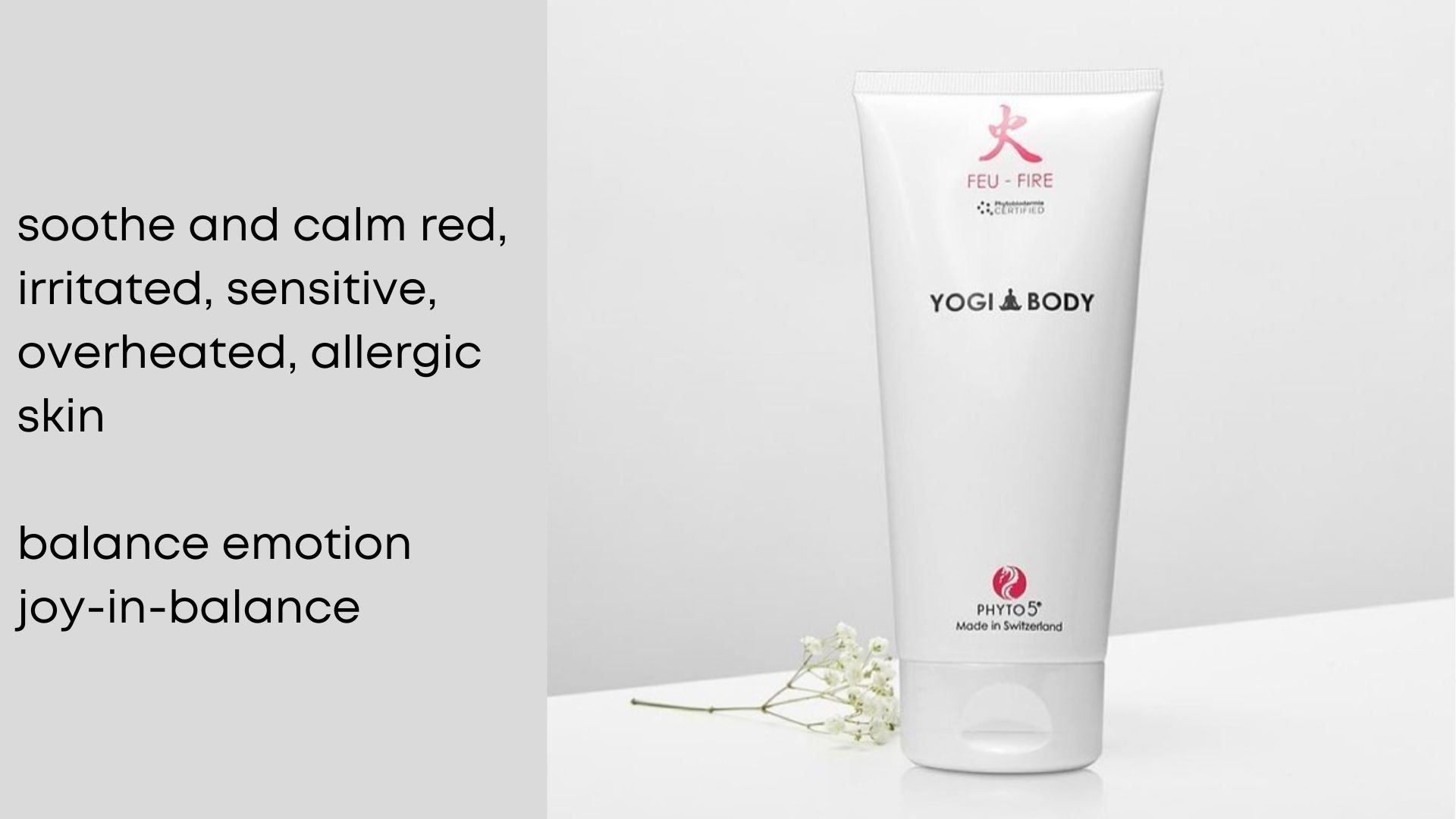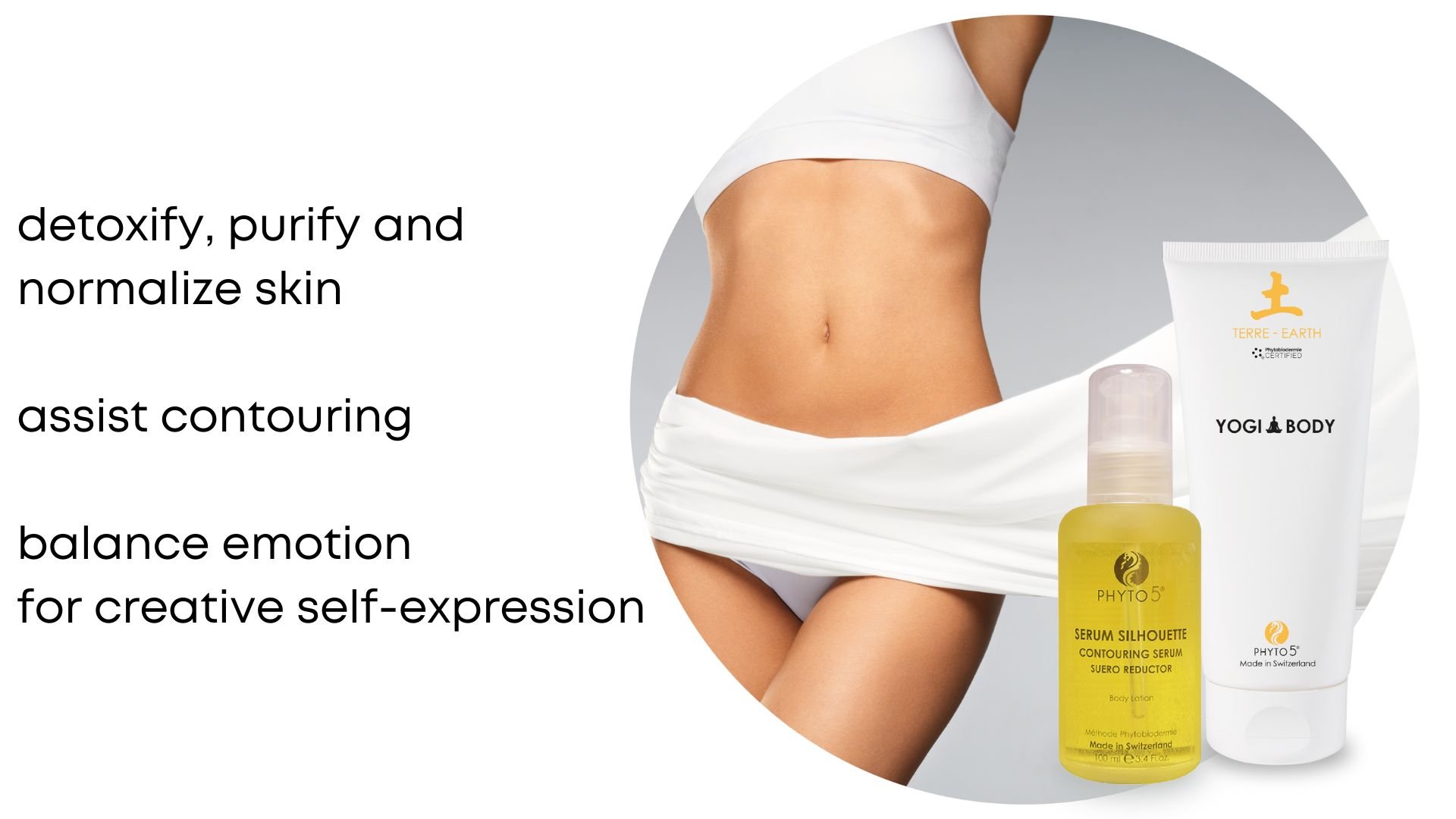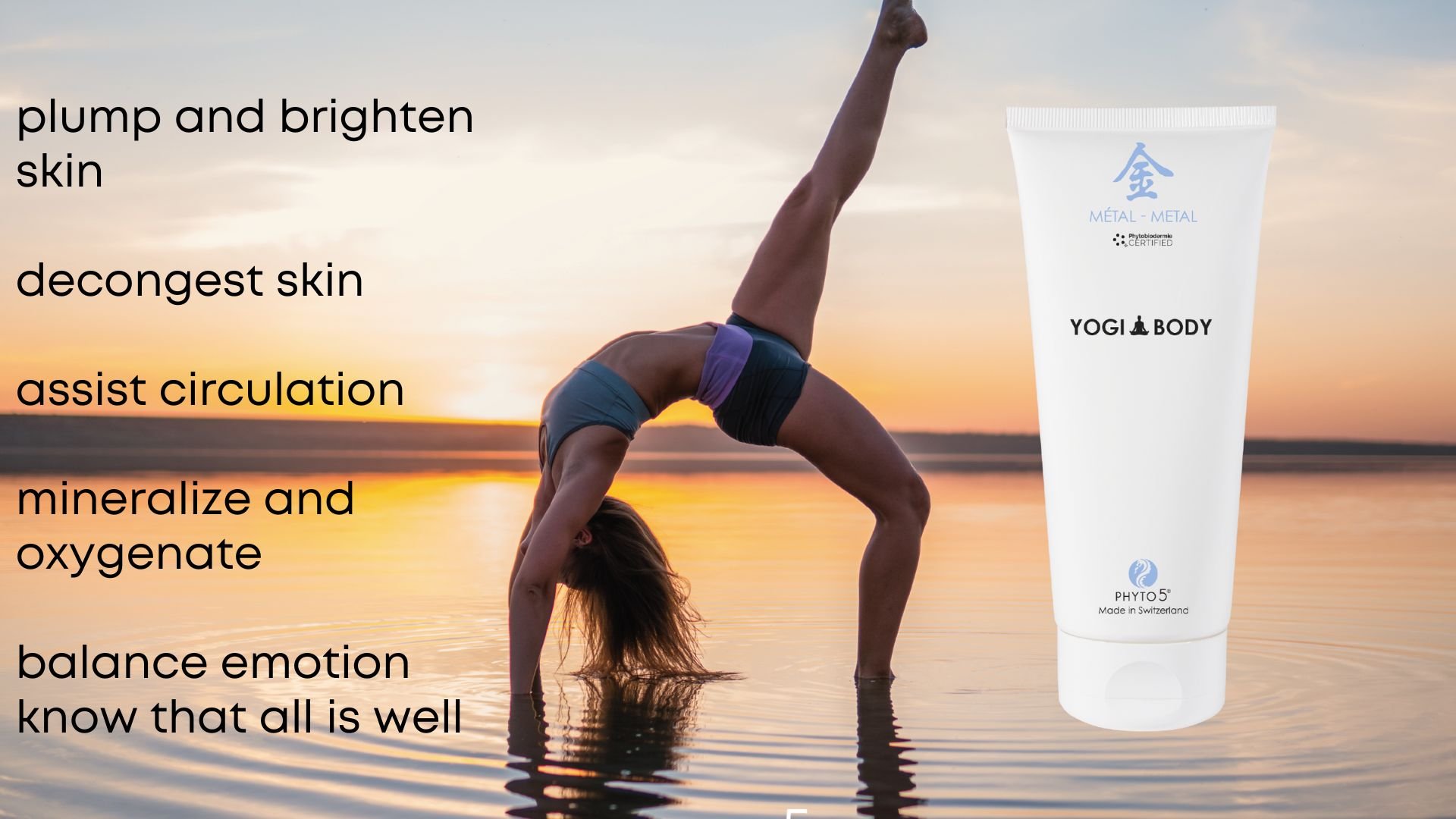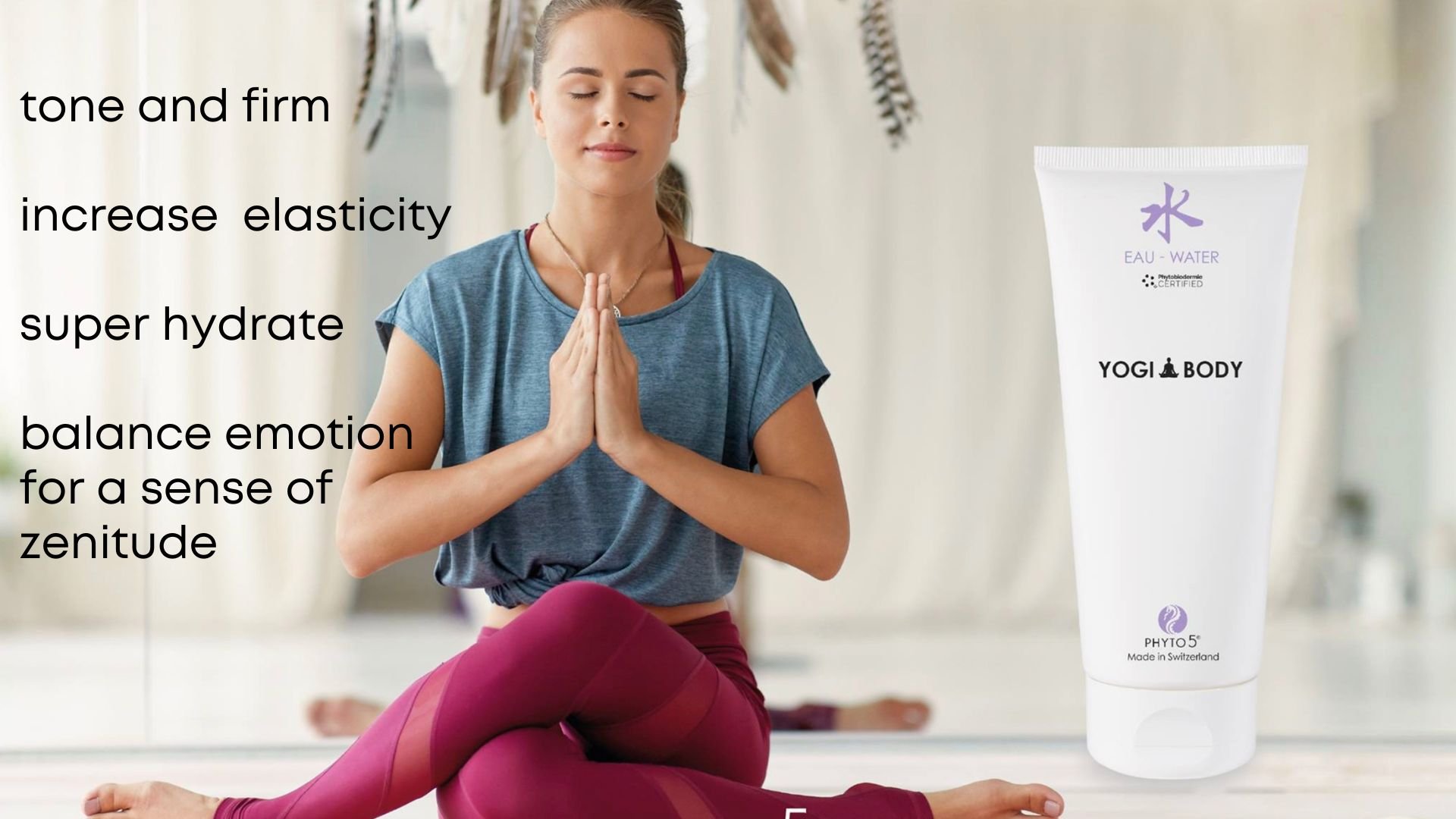Polysaccharides(1) are increasingly formulated into skincare products that are geared toward wellness and healing. They are used in cosmetics for film-forming, texture-enhancing, soothing, humectant (water-binding) and anti-aging properties for skin. PHYTO5 incorporates a number of polysaccharides into the five element Yogi Body Gel products (Wood, Fire, Earth, Metal, Water) because of such excellent skin conditioning properties and benefits.
Partake of the mystique of quantum energetic formulated plant-based skincare for your exalted natural bxeauty and well-being. Subscribe for a discount promo code, plus get truly unique holistic beauty tips and offers.
A saccharide is a carbohydrate or sugar biomolecule consisting of carbon, hydrogen and oxygen atoms. Carbohydrate chains come in different lengths and biologically important carbohydrates belong to three categories: monosaccharides, disaccharides, and polysaccharides.
A polysaccharide is a kind of carbohydrate or sugar ingredient created from vegetable substrates. The principle polysaccharide or assembly of sugars in PHYTO5’s Yogi Body Gels is known as Biosaccharide Gum-1 (trade name: Fucocert or Fucogel). It is obtained from brown algae by a fermentation process involving sorbitol.
Because it’s a ferment, Biosaccharide Gum-1 works synergistically with other well known ferments like hyaluronic acid, inulin (a prebiotic) and xanthan gum.(3) Xanthan gum is not only a gelling agent, it’s a fermented sugar with its own moisturizing properties. Xanthan gum is also an ingredient in all five element Yogi Body Gels by PHYTO5.
Biosaccharide Gum-1 can also work synergistically with other actives such as collagen, aloe vera gel, many botanical extracts, certain types of vitamin C esters, niacinamide (a form of vitamin B3 and cell repair antioxidant), and panthenol (provitamin B5).
Biosaccharide Gum-1 is used as a moisturizing active that creates a biofilm or breathable screen to protect skin against dehydration while stimulating cell renewal. Its potent anti-aging activity is often compared to the similar action of hyaluronic acid. In fact, the gum helps to stimulate the production of skin's own hyaluronic acid.
Biosaccharide Gum-1 owes its biological effectiveness to its affinity for fucose receptors—a type of carbohydrate receptor site on the skin—and also from its unique ability to modulate skin sensitivity response through the ASIC (acid-sensing ion channels) pathway of the nervous system.(4)
With an innovative molecular structure the polysaccharide improves adhesion and interaction with other molecules, essentially forming a barrier over the skin and shielding it from exterior stressors that lead to aging of the skin. It very effectively limits penetration of damaging ultraviolet light and pollutants into the skin.
Biosaccharide Gum-1 works to bind water to the epidermis, creating that moisture-binding film on the skin to yield a soft smooth feeling.
Biosaccharide Gum-1 is now well known for being a catalyst for skin’s well-being. For skincare, it’s a comfort and softness boosting ingredient.
The manufacturer of Biosaccharide Gum-1 labels it a S.M.A.R.T. sugar meaning it is:
Soothing
Moisturizing
Anti-aging
Restructuring
with a soft-to-the-Touch effect on the skin.
Soothing
Biosaccharide Gum-1 provides an anti-inflammatory response for irritation and sensitive skin. The manufacturer tested for its soothing properties in vivo by first creating an irritation on the skin using lactic acid. With a 3% solution of Biosaccharide Gum-1 applied to human skin, the irritation was decreased by 47%. Biosaccharide Gum-1 in Fire element Yogi Body Gel, for example, helps skin repair after superficial damage from sun exposure, cooling skin by keeping the skin moist.
Moisturizing
A kind of biofilm is created on the skin encouraging greater moisturization ability. The end result moisturizing effect of Biosaccharide Gum-1 is said to be quite similar to that of hyaluronic acid. While hyaluronic acid offers a quicker moisturizing effect within approximately one hour, a stronger hydration effect is observed from Biosaccharide Gum-1 three hours after application. After eight hours both hyaluronic acid and Biosaccharide Gum-1 become equalized in their ability to moisturize skin.
Anti-Aging
Biosaccharide Gum-1 helps protect skin cells from premature breakdown by stimulating the production of certain proteins like sirtuin-1(2) and collagen making skin firmer, stronger and younger. Ex-vivo tests conducted by the manufacturer showed Biosaccharide Gum-1 to stimulate a skin protein called sirtuin-1. This protein is known to help skin cells live longer and function better.
Resurfacing/Restructuring
The stimulation effect of sirtuin-1 mentioned just above offers quicker cell renewal, a function that continues to occur in skin but which slows down as we age. This cell renewal leads to restructuring of the skin assisting in the regeneration of skin’s barrier function. This action is very beneficial for fragile and sensitive skin.
soft-to-the-Touch
Biosaccharide Gum-1 creates a very obvious and pleasant soft touch feeling.
Though you won’t be able to distinguish it in the Yogi Body Gel products, Biosaccharide Gum-1 is lightly viscous with a colorless to light yellow liquid. It’s non-sticky with a gel consistency and absorbs quickly and easily into the skin.
All five element Yogi Body Gels contain the polysaccharides Biosaccharide Gum-1 and xanthan gum however Metal Yogi Body Gel, whose primary purpose is to provide mineralization to skin, contains several unique polysaccharides as follows:
Saccharomyces/copper, -/iron, -/magnesium, and -/zinc ferment (glucose polysaccharides)
Minerals are converted by a yeast called Saccharomyces cerevisiae into a bioavailable, low molecular weight glycopeptide.(4) The yeast Saccharomyces provides the base onto which the metal is attached. The yeast is then removed so that the mineral peptide can penetrate the skin as a skin conditioning agent.
The Cleveland Clinic notes that studies have shown that copper peptides, in particular, act as antioxidants and promote collagen and elastin production.
All four mineral ferments (copper, -/iron, -/magnesium, and -/zinc) are used to promote good skin condition providing anti-aging, moisturization, and anti-inflammatory effects.
The ferment itself, even before a mineral is introduced, is also healing, protective and a good antioxidant. It acts as a stabilizer for other compounds, particularly enzymes and minerals. Because of its stabilizing activity and ease of use, it is increasingly utilized in the formulation of skincare products.
“Live yeast-cell derivatives have been shown to stimulate wound healing, but ‘much of what is known about yeast’s effects for skin is theoretical, and concerns yeast’s tissue-repair and protective properties.’”
For more on the importance of certain minerals for skin, please read our article, The Best Ways to Mineralize for Skin’s Radiance and More Youthful Appearance, here.
#####
Endnotes:
Energy is stored in plants in form of carbohydrates, including sucrose (i.e., saccharose, a disaccharide) and starch (a polysaccharide).
Sirtuin-1 (SIRT1) is member of seven protein families that function in the cellular response to inflammatory, metabolic, and oxidative stressors.
“Xanthan gum is a polysaccharide, a type of sugar that is made from a bacteria called Xanthomonas campestris, through a process of fermentation. Xanthomonas campestris infects a wide range of cruciferous plants, such as cabbage, cauliflower, and Brussels sprouts, causing diseases such as black rot and bacterial wilt. product does not contain any viable bacteria, so there is no risk of xanthan gum causing infections.” —medicalnewstoday.com
Acid-sensing ion channels (ASICs) can detect a broad range of physiological pH changes during pathological and synaptic cellular activities.
A glycopeptide is an amino acid polymer (a substance that has a molecular structure consisting chiefly or entirely of a large number of similar units bonded together) consisting of one or more residues with sugar molecules covalently attached to some of the side chains.
Sources:
https://www.truthinaging.com/ingredients/biosaccharide-gum-1
Michalun, M. Varinia, and DiNardo, Joseph C.. Skin Care and Cosmetic Ingredients Dictionary. United States, Cengage Learning, 2014.
“Xanthan Gum: Uses, Health Information, and Substitutes.” Medical News Today,www.medicalnewstoday.com/articles/320272#_noHeaderPrefixedContent. Accessed 19 June 2023.
“Sirtuin 1.” Sirtuin 1 - an Overview | ScienceDirect Topics, www.sciencedirect.com/topics/neuroscience/sirtuin-1. Accessed 19 June 2023.
Kweon, Hae-Jin, and Byung-Chang Suh. “Acid-sensing ion channels (ASICs): therapeutic targets for neurological diseases and their regulation.” BMB reports vol. 46,6 (2013): 295-304. doi:10.5483/bmbrep.2013.46.6.121
Péterszegi, G et al. “Studies on skin aging. Preparation and properties of fucose-rich oligo- and polysaccharides. Effect on fibroblast proliferation and survival.” Biomedicine & pharmacotherapy = Biomedecine & pharmacotherapie vol. 57,5-6 (2003): 187-94. doi:10.1016/s0753-3322(03)00031-3
DiNardo, Joseph C., and Michalun, M. Varinia. Skin Care and Cosmetic Ingredients Dictionary. United States, Cengage Learning, 2014.

